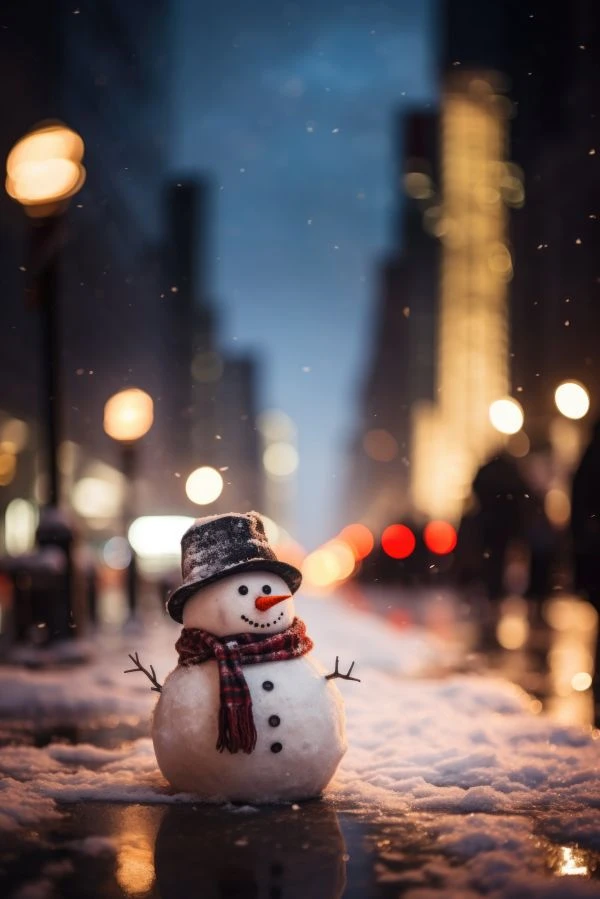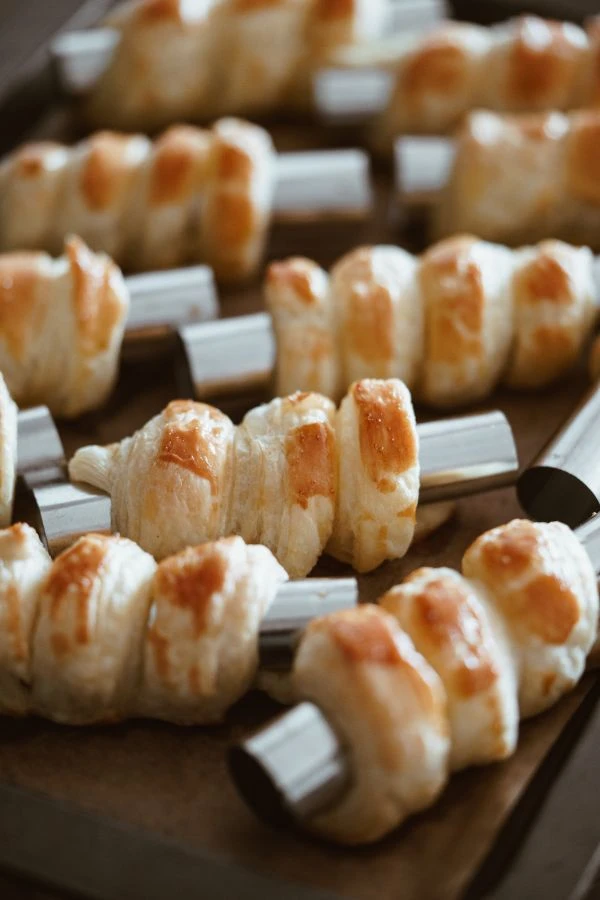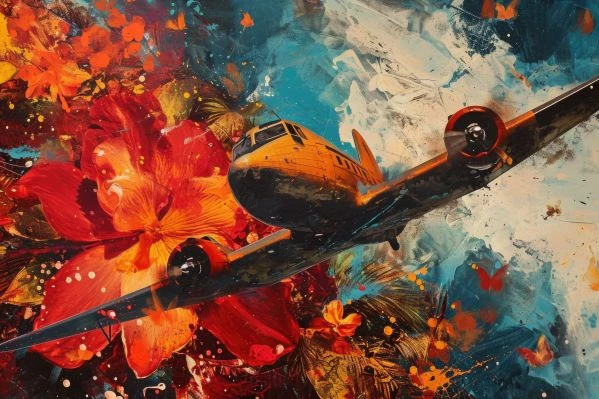The Legend of Nian: Unveiling the Cultural Heartbeat of Chinese New Year's Eve (除夕故事传说英语)
Every Chinese New Year’s Eve,除夕传说 as families gather around steaming dumplings and crimson lanterns flicker against the night, a centuries-old legend stirs in the collective consciousness. This is the story of the "Nian" monster, a creature born from ancient fears and transformed into a symbol of hope—a tale that not only shaped China’s most sacred festival but also resonates in English-language retellings across the globe. In exploring these New Year’s Eve stories, we uncover how language bridges cultures while preserving the soul of tradition.
除夕故事传说英语: The Nian Monster’s Origins: A 4,000-Year-Old Guardian Tale
To trace the roots of the Nian legend is to step back into the misty dawn of Chinese history, where primitive societies believed in spirits that ruled the natural world. In ancient texts like the *Shanhaijing* (《山海经》, "Classic of Mountains and Seas"), references to "nian" (年, "year") appear as a ferocious beast with an ox-like head and tiger-like stripes, said to emerge every winter solstice to devour livestock and children. This isn’t mere myth-making—it reflects humanity’s primal fear of harsh winters and scarcity, personified in a creature that symbolized the "hunger" of the old year.

As dynasties rose and fell, the story evolved. By the Tang Dynasty (618–907 CE), Buddhist influences softened the beast’s image, painting it as a misunderstood spirit rather than pure evil. This shift gave birth to the modern version: a monster with a lion’s mane, horns, and glowing red eyes, but ultimately defeated by the color red—a hue associated with joy, prosperity, and spiritual protection. When a 19th-century missionary first translated "Nian" as "Year Beast" into English, the name stuck, and Western audiences began to see the legend not as a fright, but as a cautionary tale of transformation.
Beyond Nian: The Tapestry of New Year’s Eve Legends
The "除夕故事传说英语" (Stories of Chinese New Year’s Eve) aren’t confined to the Nian monster alone. Across provinces, villages, and time, countless traditions wove their own myths into the festival fabric. One of the most beloved is the tale of "Zao Wang Ye" (灶王爷, "Kitchen God"), whose annual ascent to heaven to report household virtues and misdeeds. In northern China, this story became so ingrained that families would offer sweet rice cakes to sweeten his tongue, ensuring he’d praise their homes to the Jade Emperor—a practice that evolved into the English phrase "sweet-talking the Kitchen God."
Another lesser-known gem is the legend of "Su Shi" (苏轼), a Song Dynasty poet who, according to folklore, invented dumplings to comfort villagers during a plague-ridden New Year. The story, which predates modern medicine, highlights how legends often serve as metaphors for community resilience—a theme that English-language educators now use to teach cultural empathy: "Just as dumplings nourished Su Shi’s people, stories nourish cultural understanding."
Translating Magic: The Challenges of Sharing 除夕故事传说英语
Bringing these ancient tales to English isn’t just about words—it’s about translating emotion and symbolism. Take the color red: in Chinese, it’s "hong," a word that carries the weight of luck, celebration, and驱邪 (quxie, "warding off evil"). Translators often use "crimson" or "ruby" to evoke this depth, but some scholars argue that keeping "red" in English preserves its cultural gravity—a linguistic choice that mirrors how Chinese communities retain "Nian" rather than replacing it with "Year Beast."
Then there’s the matter of cultural metaphors. The phrase "守岁" (shousui, "staying up all night") is often rendered as "New Year’s Eve vigil," but it’s more than that—it’s a ritual of collective endurance, a way to "see off the old year with determination and welcome the new with hope." In English, this nuance is captured through phrases like "sitting up with the year," a poetic adaptation that bridges the gap between the original and its audience.
Modern Echoes: How Legends Shaped 21st-Century 除夕故事
Today, the Nian legend isn’t just in history books—it’s on Netflix, in TikTok videos, and in boardrooms where CEOs use "defeating the Nian" as a metaphor for overcoming corporate challenges. The English-speaking world, once curious observers, now actively engages with these stories, from the animated film *The Year of the Rat* (2020) to TED Talks analyzing "The Psychology of New Year’s Eve Traditions."
Young Chinese immigrants, meanwhile, are reinterpreting these legends for digital-age audiences. On YouTube, channels like "Chinese Culture for Kids" use English-language storytelling to teach Nian’s lesson: "Courage comes from unity"—a message that resonates globally, as seen in viral TikTok videos where Western creators reenact the story with costumes and sound effects. These adaptations aren’t dilute; they’re evolution, proving that legends thrive when they meet new voices.
As midnight strikes on New Year’s Eve, the echoes of the Nian legend continue to pulse. Whether whispered in Mandarin, English, or any language, the story reminds us that traditions are alive, not static—they’re shaped by fear, hope, and the endless human need to connect. So when you light a firecracker or share dumplings with loved ones, remember: you’re not just celebrating a holiday. You’re part of a global dialogue, carrying on the legacy of a beast tamed by light, color, and the power of stories.
In the end, the "除夕故事传说英语" (Stories of Chinese New Year’s Eve) are more than myths—they’re bridges. They connect a farmer’s winter fear to a child’s bedtime tale, a poet’s verse to a screenwriter’s script, and a culture’s past to the world’s future. And as long as we keep telling them, the Nian monster will never truly be defeated. It will be reborn, year after year, in the light of new traditions and the magic of shared narratives.










